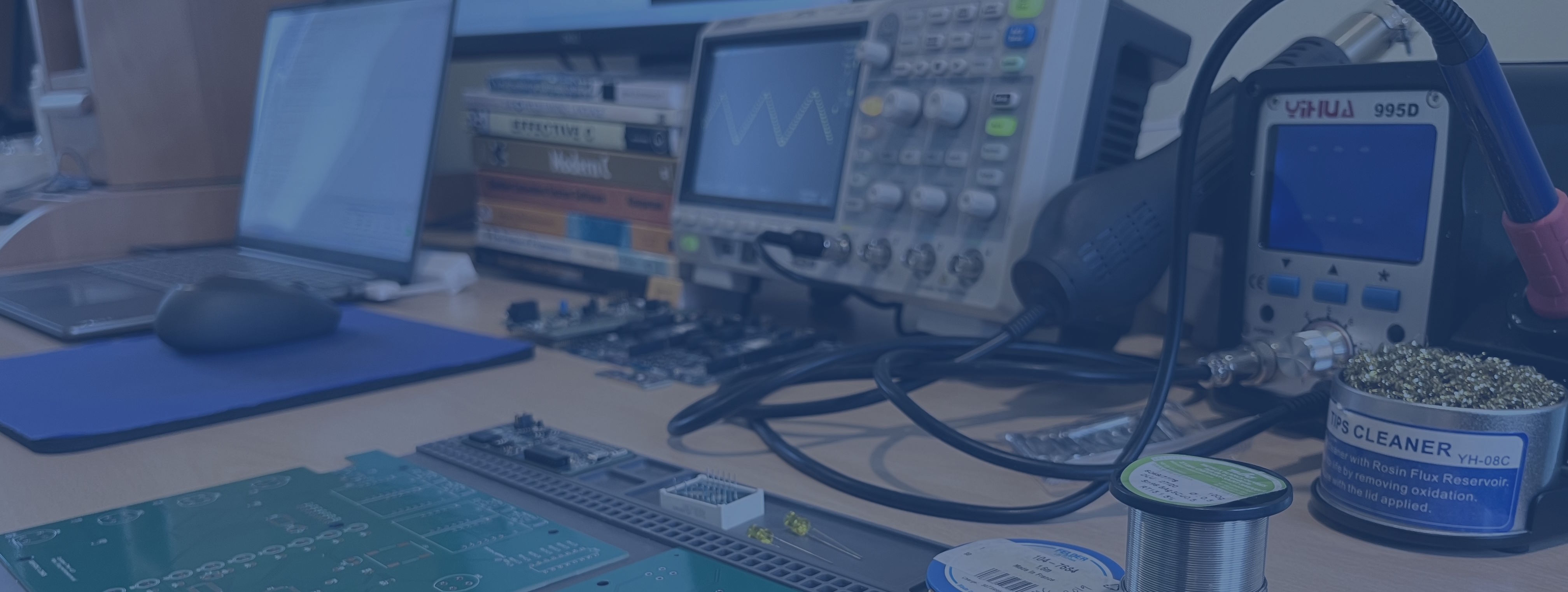Why I won't do defence work
Quite a large proportion of embedded firmware jobs are in the defence industry. I won't be a part of that and here's why. There's a practical problem and a moral problem. The practical problem is not knowing who the products will be used by, when, and for what purpose. As usual, the BBC comedy show Yes Minister has more truths in it than official statements and procedures. Jim Hacker - "So there's no real control over who the arms go to in the end?" Sir Humphrey Appleby - "Oh indeed there is - the dealer has to provide and end-user certificate which is a signature acceptable to Her Majesty's government that the ultimate customer is in fact an approved user." Jim Hacker - "Is that that a real guarantee? I mean would you be surprised for instance if a British…
Continue reading...